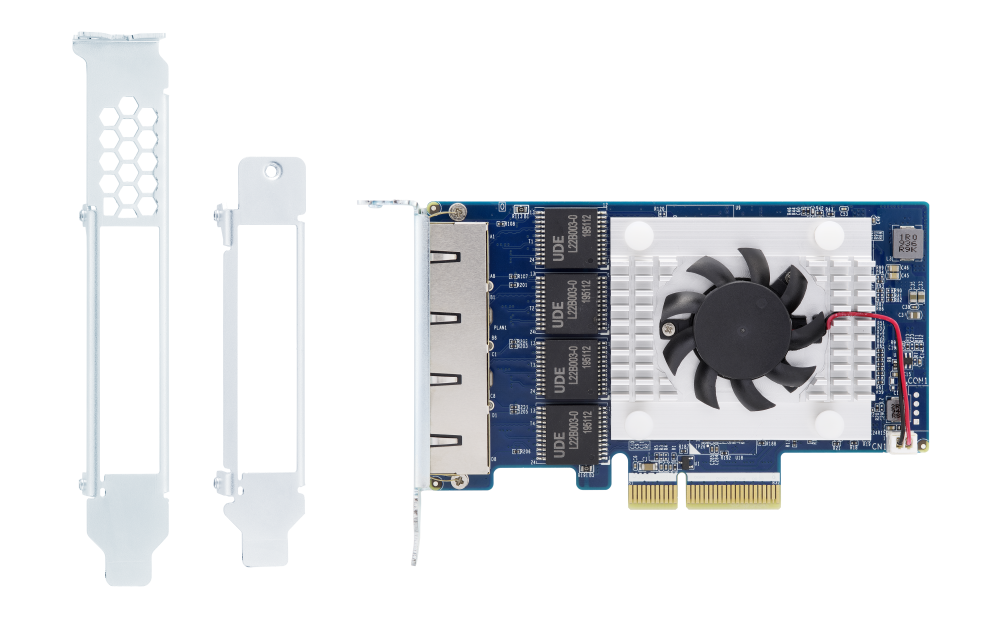heatopher
Occasional Visitor
Well, I'm really not in a rush, so I do prefer just to get it right if it's only a matter of paying a little bit more (as long as it's not, say THREE TIMES as much!). Which PoE devices consume more power? I suppose that I'd only be using it for access points. Not paranoid enough to feel the need for cameras everywhere :~)


